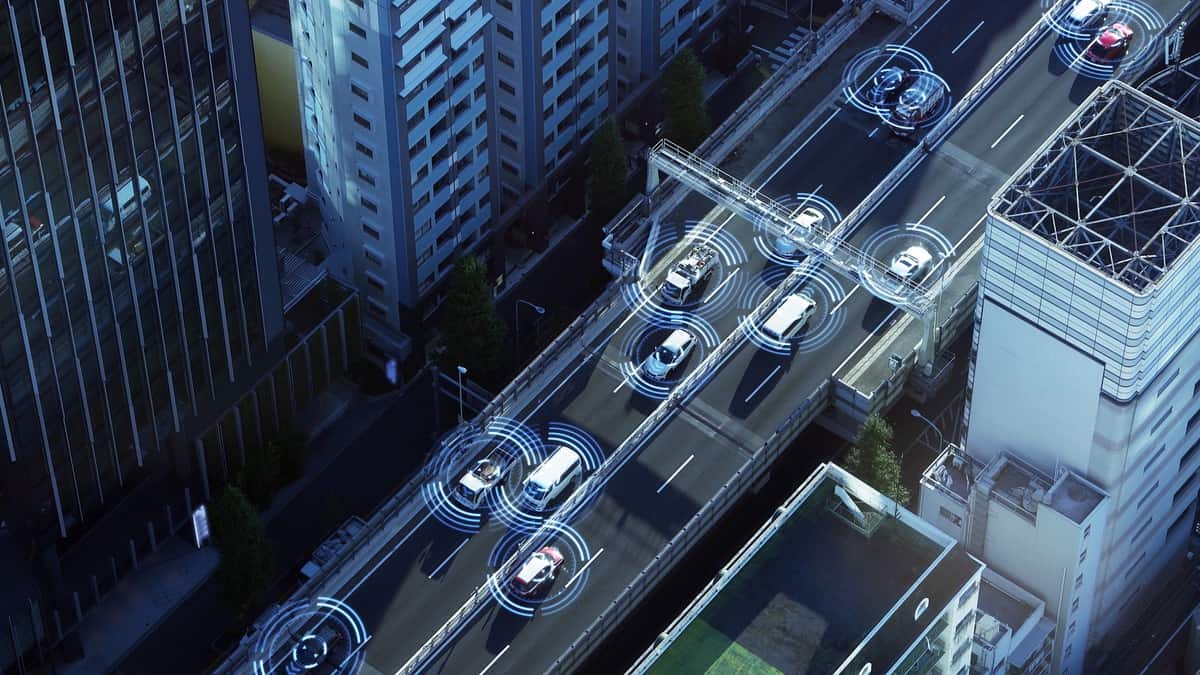Chinese electric vehicle startup XPeng plans to ditch light detection and ranging (LiDAR) and pursue a Tesla-like pure vision system for its upcoming model, CnEVPost reports, citing a source familiar with the matter.
XPeng follows Tesla’s lead with pure vision approach
XPeng is planning to introduce its new electric vehicle model, internally codenamed “F57,” in the fourth quarter of 2024.
Instead of using conventional LiDARs, XPeng will reportedly adopt Tesla’s innovative self-driving strategy, which is a camera-only system.
XPeng’s decision is no longer surprising, considering that even Tesla Chief Elon Musk has mocked LiDAR being a “fool’s errand.” Starting in 2022, Tesla ditched ultrasonic sensors from its electric vehicles two at a time.
It is also worth noting that XPeng CEO He Xiaopeng went to the US in June 2024 and tested Tesla’s camera-only Full Self-Driving (FSD) suite. The XPeng boss shared his experience, even saying that he was quite impressed by its performance, especially on highways:
Major pivot
The strategy to abandon LiDAR is a major pivot for XPeng, given that it was the first company in the world to install LiDARs in production vehicles. On September 15, 2021, it introduced the P5 electric sedan featuring two LiDARs in its top-trim variant.
Despite that, CEO Xiaopeng does not appear to advocate the LiDAR approach in smart driving systems strongly.
Resonating the human reliance on vision, the XPeng boss said in a September 2021 interview he views cameras as more crucial than LiDAR for environmental understanding.
According to the unnamed source, CEO Xiaopeng’s US visit was meant to pave the way for XPeng to shift to a Tesla-like pure-vision approach.
XPeng’s upcoming model
XPeng announced plans to launch a new B-class all-electric sedan in Q4 2024 during the earnings call on May 21. The Chinese automaker expects it to be the first model to achieve a 25% cost reduction for technology.
While XPeng did not mention a code name at the time, Chinese media implies that the model would be the F57.
XPeng’s decision to ditch LiDAR might be a strategic move to match Tesla’s technology approach. Tesla’s fully integrated, large-scale modeling system used in its FSD suite is gaining traction as the preferred method in the industry. Beyond aligning with Tesla’s direction, cost-saving factors likely played a role in the major pivot.

